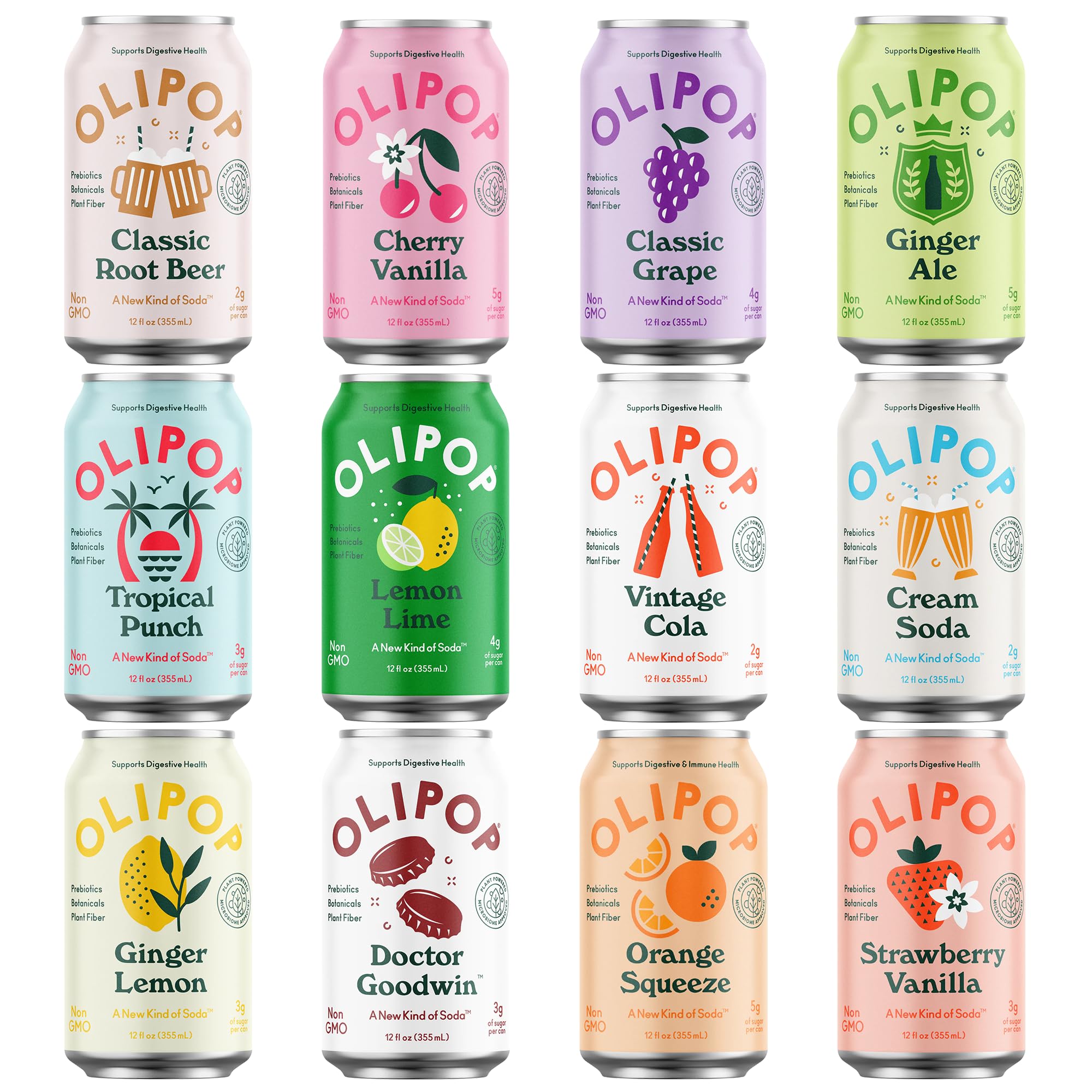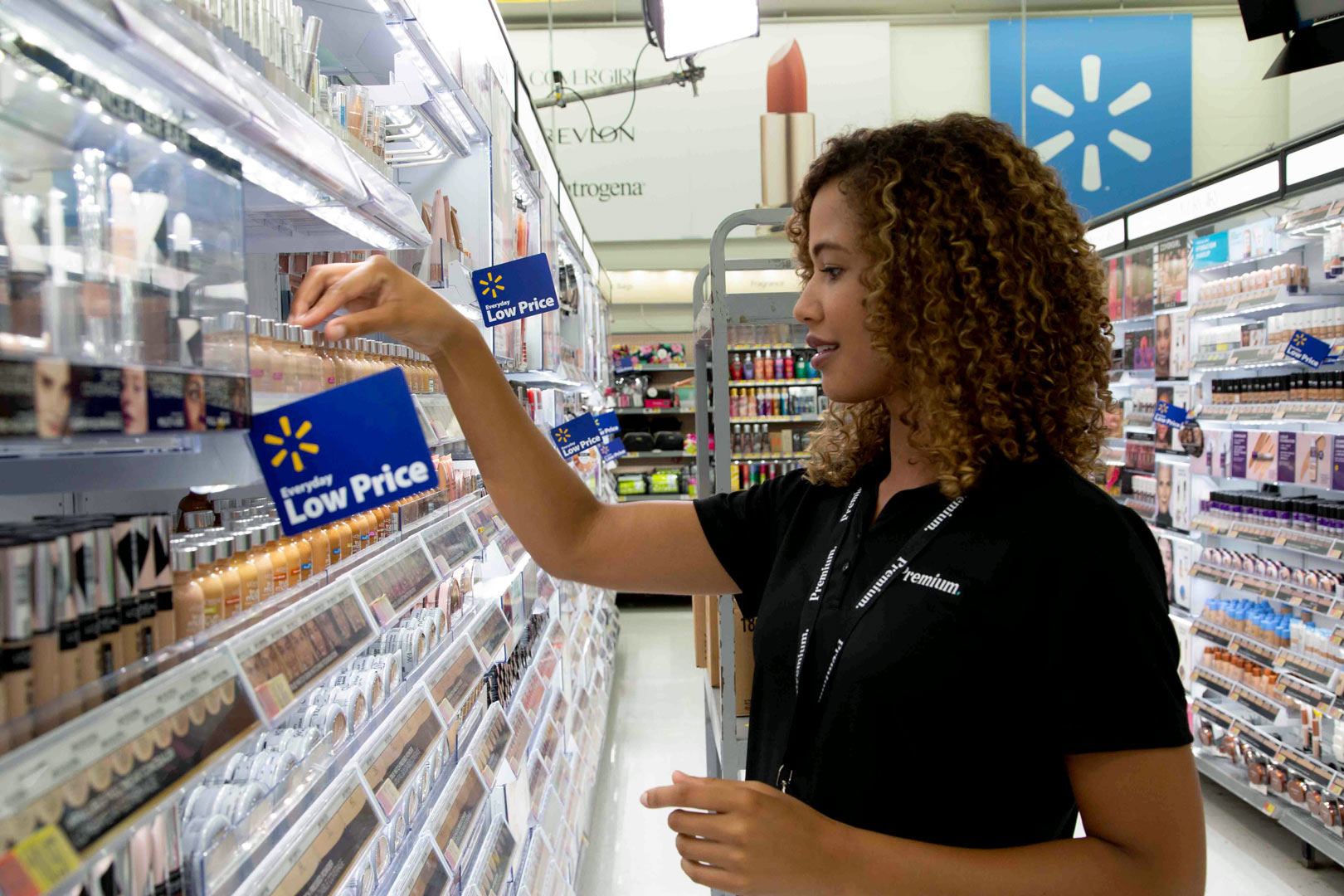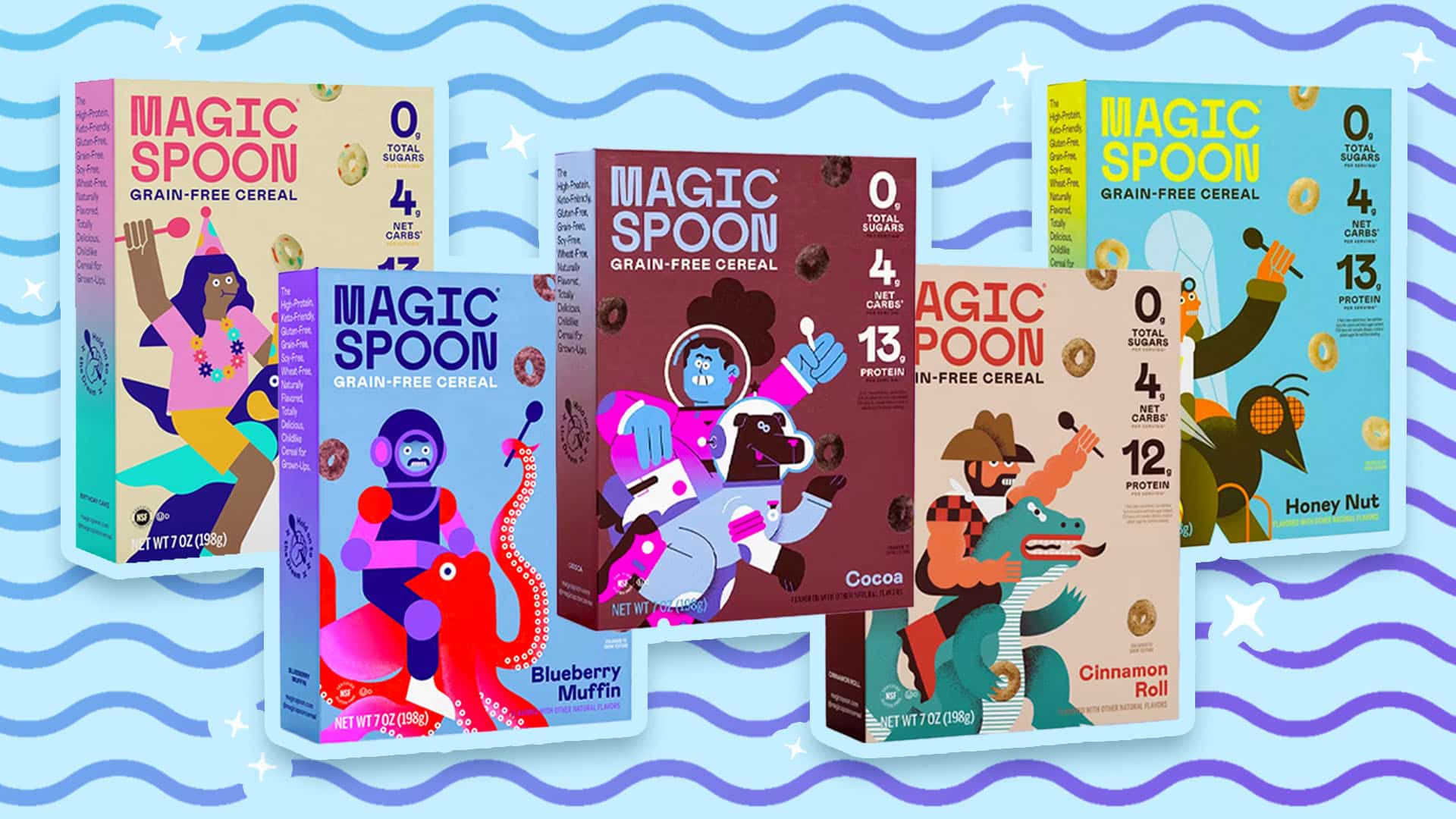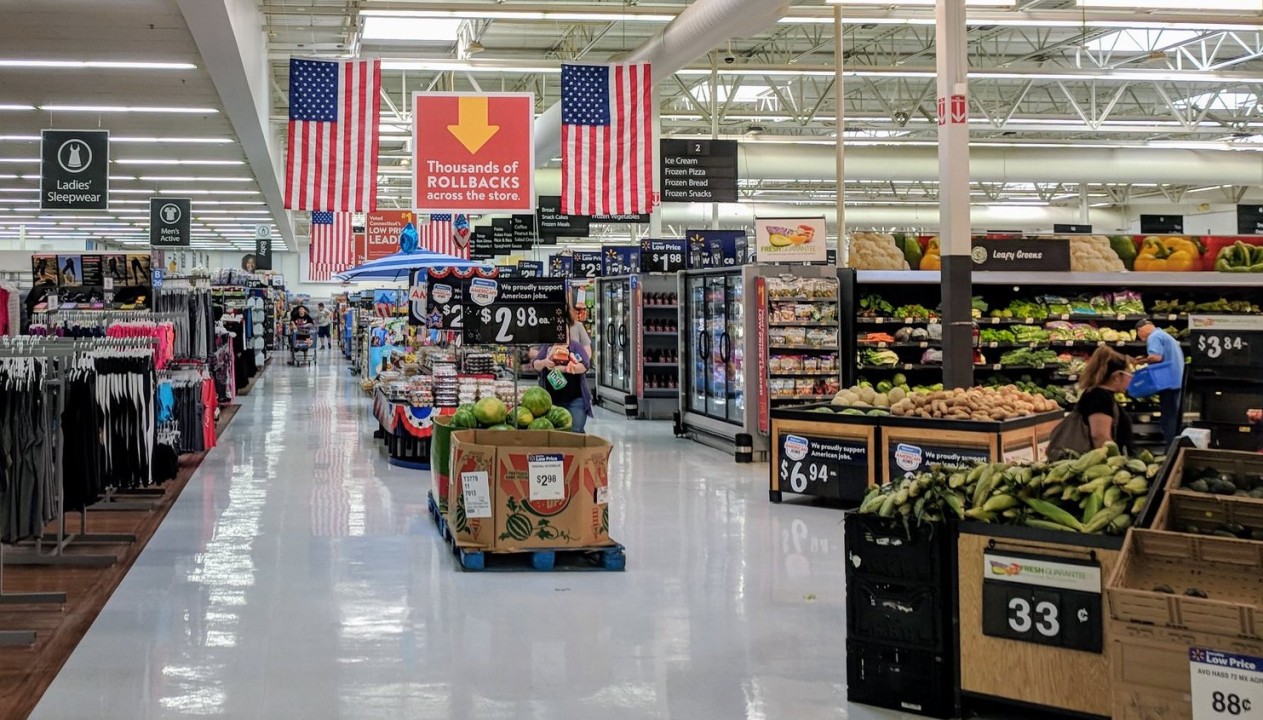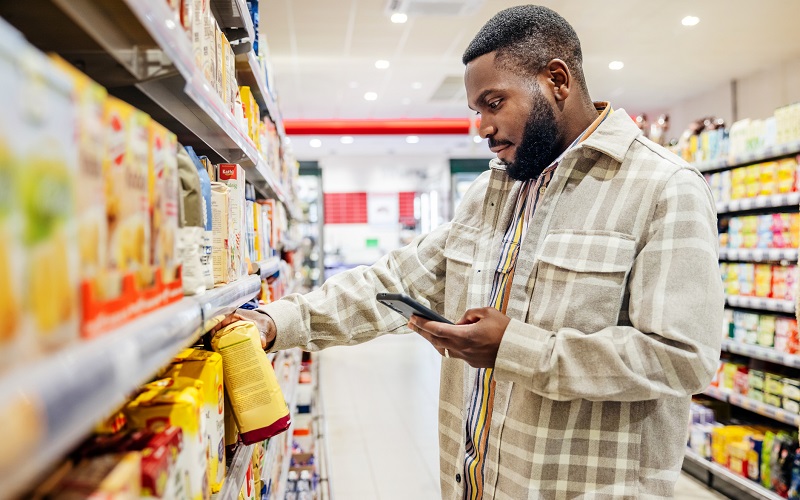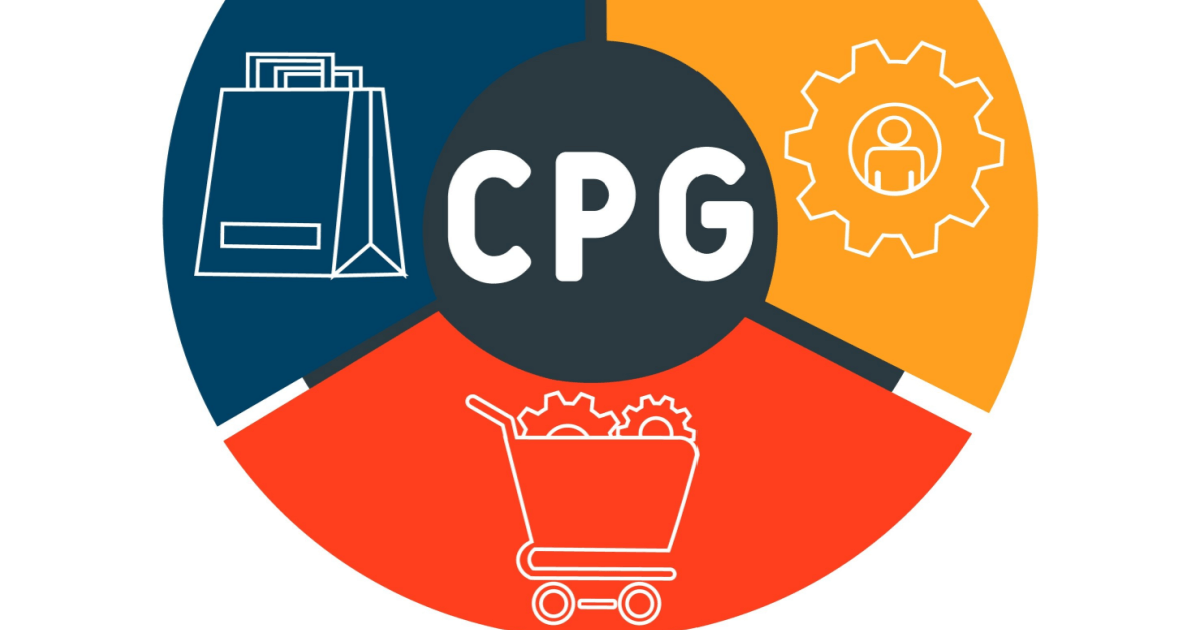For consumer packaged goods (CPG) brands looking to break into the U.S. market, having a great product is not enough. The competition is relentless, and retailers, wholesalers, and consumers are constantly bombarded with new product options. If your brand doesn’t communicate its unique value effectively, it will struggle to gain traction and sustain sales.
A compelling value proposition is the key to standing out. It’s not just a tagline or a list of product features—it’s the core reason why a retailer should stock your product, why a wholesaler should prioritize it, and why a consumer should choose it over competitors.
Most brands fail not because their product isn’t good, but because they fail to articulate why it matters in a way that resonates with the right audience.
This article will break down how to craft a value proposition that commands attention, earns retail placement, and drives consumer demand.
Why a strong value proposition determines market success
Before we get into the how, let’s address why an effective value proposition is essential in the U.S. CPG market.
1. Retail buyers and wholesalers make quick decisions

Retailers don’t have time to analyze every new brand in depth. Buyers skim through product pitches, evaluate shelf performance, and make decisions based on immediate perceived value. If your value proposition doesn’t instantly communicate why your product deserves space, you won’t get a second chance.
🔹 Example: How OLIPOP positioned itself to disrupt the soda category
OLIPOP, a prebiotic soda brand, didn’t just sell “healthy soda.” They positioned themselves as “A new kind of soda that supports digestive health”, instantly differentiating from both traditional soft drinks and other wellness beverages.
This clear value proposition:
✅ Connected with a pain point (digestive health support).
✅ Provided a new solution (soda that’s actually good for you).
✅ Made it easy for retailers to justify adding it to their shelves.
Today, OLIPOP is available in thousands of U.S. stores, proving that the right positioning can drive category disruption.
2. Consumers make purchase decisions in seconds

Even if your product makes it to shelves, it’s competing against dozens of similar options. In retail, consumers decide what to buy in a matter of seconds.
If your packaging and messaging don’t instantly convey:
- What problem your product solves
- Why it’s different from the alternatives
- Why they should trust your brand
Then you’ll lose the sale.
🔹 Example: How RXBAR’s direct messaging increased sales
RXBAR, a protein bar brand, disrupted the category by placing its ingredients directly on the front of its packaging (e.g., “3 Egg Whites. 6 Almonds. 2 Dates. No B.S.”).
This worked because:
✅ It was radically transparent, building immediate consumer trust.
✅ It differentiated from artificial, processed competitors.
✅ It aligned with health-conscious consumers who value simplicity.
The result? Massive sales growth and acquisition by Kellogg’s for $600 million.
How to craft a compelling value proposition that wins in retail
1. Focus on solving a specific consumer pain point

Many brands fall into the trap of making vague claims (“better for you,” “natural,” “high quality”). These generic messages don’t create urgency or differentiate from competitors.
Instead, you need to deeply understand your ideal customer’s biggest frustrations and position your product as the best solution.
✅ Wrong approach: “Our product is made with high-quality ingredients.”
✅ Right approach: “The only snack bar designed to keep blood sugar stable for 4+ hours.”
Consumers are drawn to specific outcomes, not broad claims.
🔹 Example: How Liquid Death made water exciting
Selling bottled water should be boring, right? Not for Liquid Death. Instead of competing on purity or sustainability alone, they positioned themselves as “Murder your thirst”—turning hydration into an edgy, rebellious lifestyle brand.
This clear and bold positioning:
✅ Immediately grabbed attention in a dull category.
✅ Appealed to a young, rebellious audience.
✅ Drove viral marketing and rapid retail expansion.
Liquid Death went from zero to a $700M valuation in just a few years.
2. Differentiate with a category-defining statement

If your value proposition sounds like every other competitor, you won’t stand out. Winning brands don’t compete—they redefine the category in their own terms.
✅ Wrong approach: “A delicious, better-for-you cereal.”
✅ Right approach: “The high-protein cereal that tastes like your childhood favorites—without the sugar.”
🔹 Example: How Magic Spoon redefined the cereal category
Magic Spoon didn’t just position itself as a healthier cereal. They created a category-defining statement: “The high-protein, low-carb cereal for grown-ups who miss the classics.”
This made their value proposition instantly compelling because it:
✅ Created nostalgia while solving a real need (low-carb diets).
✅ Positioned them as an alternative to both sugary cereals and bland health foods.
✅ Made it clear WHO the product was for (adults who want childhood flavors without the guilt).
3. Align your value proposition with retail & wholesale buyers’ expectations

If your messaging is only consumer-focused, but doesn’t address why retailers and wholesalers should care, you’ll struggle to get placement.
Retailers don’t just want products that “sound good”—they want products that sell well and fit their category needs.
A strong value proposition for wholesalers and retailers should answer:
- What gap does your product fill in the market?
- What data or proof do you have that it will sell well?
- How will your brand support retail sales (marketing, promotions, merchandising)?
🔹 Example: How Beyond Meat convinced retailers to invest in plant-based meat
Beyond Meat didn’t just market to consumers—they positioned themselves to retailers as:
✅ A high-growth category opportunity (plant-based meat demand was rising).
✅ A profitable alternative to traditional meat (better margins for grocers).
✅ A brand committed to in-store promotions and marketing support.
This retailer-aligned strategy helped Beyond Meat secure national retail distribution faster than most food startups.
Conclusion: Crafting a value proposition that drives real results
If you want your CPG brand to break into the U.S. market and sustain growth, your value proposition must be:
✅ Deeply connected to a specific consumer pain point.
✅ Radically different from competitors in the category.
✅ Aligned with what wholesalers and retailers care about.
Most brands fail not because their product isn’t great, but because they fail to communicate why it deserves shelf space and consumer attention.
At Group MCC, we specialize in helping CPG brands craft market-ready value propositions that resonate with buyers and consumers. Through strategic consulting, we ensure your brand is fully prepared to enter and scale in the U.S. market.
If you’re looking to refine your positioning and maximize your retail success, contact us today to explore how we can help.

